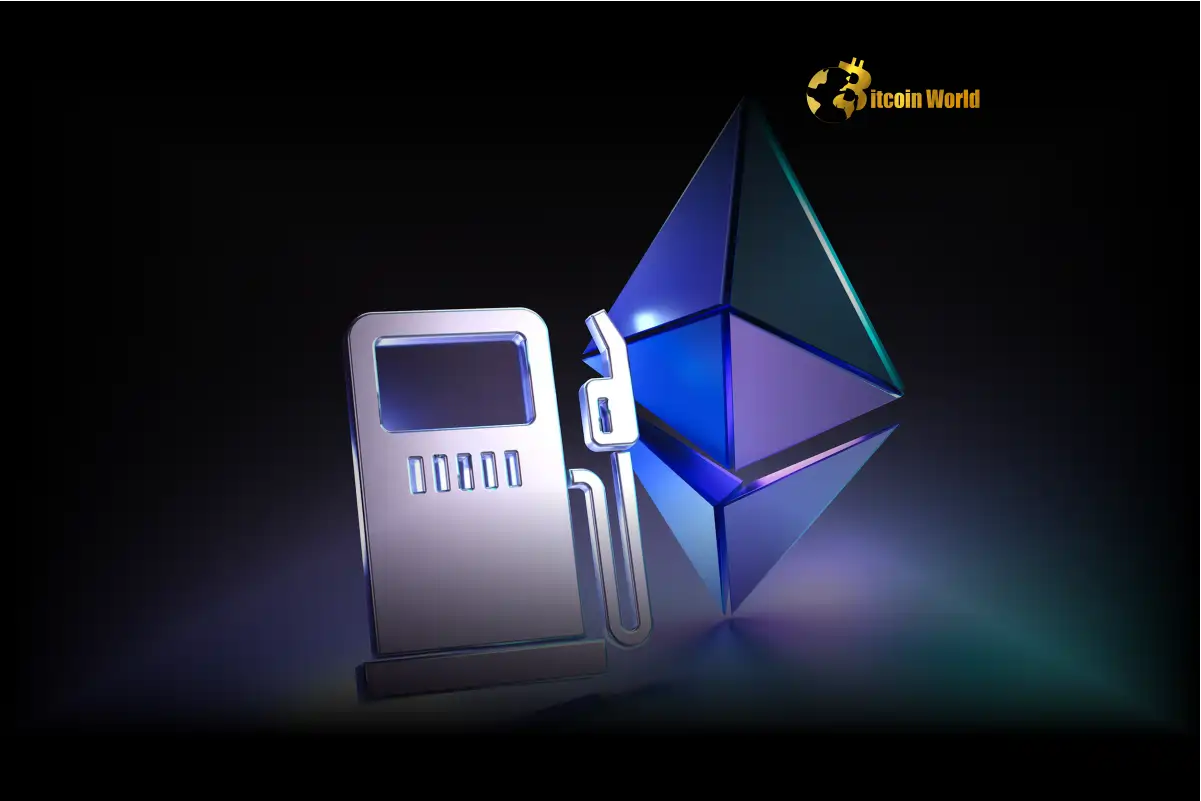Ethereum Developers Propose Dramatic Gas Limit Increase for Fusaka Hard Fork
0
0

Exciting developments are brewing in the world of Ethereum! The network’s core Ethereum developers are considering a significant technical upgrade that could dramatically alter how transactions are processed. A key proposal for the upcoming Fusaka hard fork suggests a massive fourfold increase in the layer-1 Ethereum gas limit, potentially boosting it to an unprecedented 150 million gas.
What’s Behind the Proposed Ethereum Gas Limit Increase?
This ambitious proposal is detailed in Ethereum Improvement Proposal (EIP) 9678, spearheaded by Ethereum Foundation developer Sophia Gold. The current gas limit stands at approximately 35.95 million, a figure that has seen a modest increase from an average of 30 million since August 2021, according to data from YCharts. The move to 150 million represents a fundamental shift in network capacity.
Raising the gas limit essentially allows more computational work (and thus more transactions or more complex smart contract interactions) to be included in each block. Think of the gas limit as the maximum amount of ‘fuel’ a block can hold. A higher limit means more fuel is available per block.
Why the Fusaka Hard Fork?
Integrating such a significant change requires careful planning and testing. Ethereum core developer Tim Beiko highlighted that testing the network under higher gas limits is crucial because it can reveal underlying client bugs that might not be apparent at lower capacities. Including this increase in the Fusaka hard fork provides a dedicated timeframe and coordinated effort to rigorously test and implement the change safely.
Potential Benefits of a Higher Gas Limit
While the primary focus right now is on testing and implementation, a successful increase in the Ethereum gas limit could have several positive implications:
- Increased Transaction Throughput: More transactions could potentially be processed within the same timeframe, leading to higher network capacity.
- Lower Transaction Costs (Potentially): With more ‘space’ in each block, the competition for block inclusion might decrease, which could lead to lower average gas fees per transaction, although this is subject to network demand and market dynamics.
- Support for More Complex Operations: Blocks could accommodate more computationally intensive smart contract executions.
Challenges and Considerations for Ethereum Developers
It’s not all smooth sailing. Increasing the gas limit is a complex undertaking with potential downsides:
- Client Stability: As Tim Beiko mentioned, higher gas limits can stress client software, potentially exposing bugs or performance issues that need significant developer resources to fix.
- Network Propagation: Larger blocks take longer to propagate across the network, which could potentially increase orphaned block rates or impact decentralization if it favors nodes with better bandwidth.
- State Growth: A higher transaction volume contributes to faster growth of the Ethereum state (the overall data stored on the blockchain), which can increase the hardware requirements for running a full node over time.
The Ethereum developers are carefully weighing these factors as they test EIP 9678 for potential inclusion in the Fusaka hard fork.
What Does This Mean for Crypto News Followers?
This proposal is significant crypto news because it directly impacts the fundamental capacity and economics of the Ethereum network. While still in the proposal and testing phase, its inclusion in Fusaka would mark one of the most substantial increases in the gas limit in Ethereum’s history. It signals the developers’ ongoing efforts to scale the network at the base layer, alongside Layer 2 scaling solutions.
Looking Ahead to the Fusaka Hard Fork
The path to implementing EIP 9678 and the 150 million gas limit is contingent on successful testing and consensus among the core developers and the wider community. The discussions and testing results leading up to the Fusaka hard fork will be closely watched by everyone involved in the Ethereum ecosystem, from users and developers to businesses building on the platform.
Conclusion: A Bold Step for Ethereum’s Capacity
The proposal to quadruple the Ethereum gas limit to 150 million for the Fusaka hard fork is a bold move aimed at significantly increasing the network’s capacity. While presenting potential benefits like higher throughput and potentially lower fees, it also comes with technical challenges that Ethereum developers are actively working to address. This development is a key piece of crypto news, highlighting the continuous evolution of Ethereum and its journey towards greater scalability.
To learn more about the latest Ethereum trends, explore our article on key developments shaping Ethereum’s scalability future.
0
0
 Manage all your crypto, NFT and DeFi from one place
Manage all your crypto, NFT and DeFi from one placeSecurely connect the portfolio you’re using to start.







